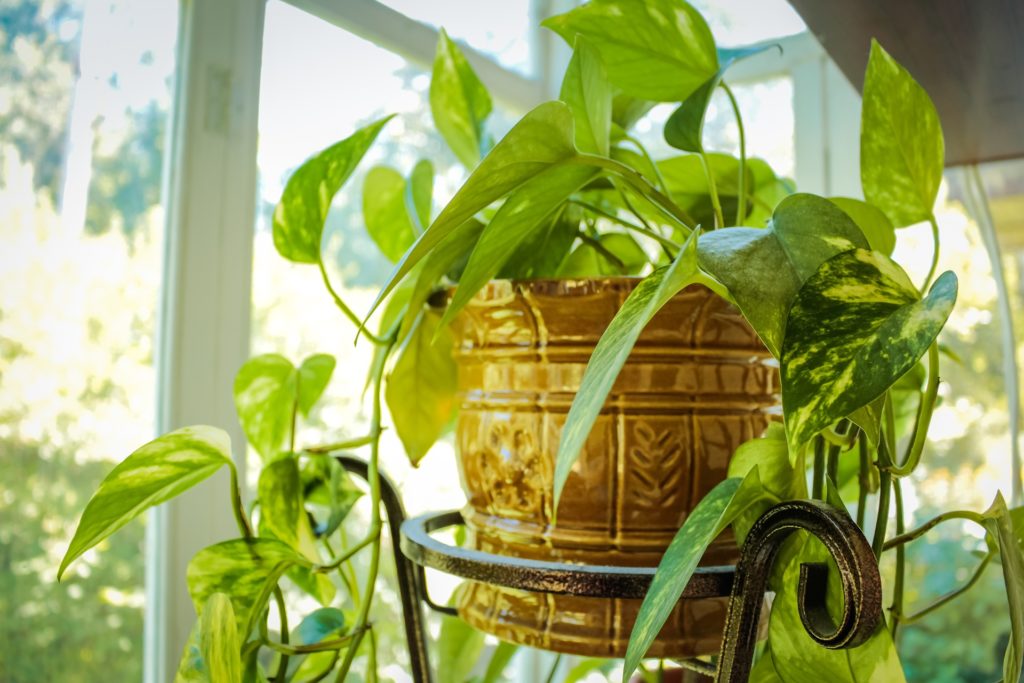If your mother-in-law ever gave your house the “white glove” inspection, maybe she was simply looking out for your health. We can’t say for sure what her motives were, of course, but it turns out that the dust in your home is chock-full of dangerous, toxic chemicals.
How do these toxic chemicals get into the dust in our homes? It’s really quite simple. They leech out of many of the cleaning products that we use to make our homes spic and span and they can also leech out of some of the personal care products we use every day. Our furniture and even our new mattresses can outgas chemicals, and the flooring, plywood furnishings, and vinyl and other synthetic material also contribute their fair share of toxins into the air that ultimately lands in the dust found in our homes.
You may think you can simply sweep or vacuum the dust out and be done with it, but it’s not that simple. Just breathing contaminated air or dust is bad enough, but touching it and accidentally getting the dust into your mouth or nose after touching the dust is a sure way to ingest toxic chemicals you would never knowingly opt for.
So What’s In The Dust In Our Homes?
Common chemicals found inside the typical American home pose health hazards including hormone disruption, toxicity to the reproductive system, and yes – cancer. These chemicals congregate in the dust that fills the air inside our homes and which ultimately lands on our furniture, floors, and yes, on us.
There are hundreds of chemicals swarming inside your home, but flame retardants and phthalates rank as the worst offenders. They’re also the two categories of chemicals that most affect children:
- Flame retardants – Intended as a safety benefit, flame retardants are one of those things that may often do more harm than good. According to the National Institute of Environmental Health Sciences, these chemicals “are associated with adverse health effects in animals and humans, including endocrine and thyroid disruption, impacts to the immune system, reproductive toxicity, cancer, and adverse effects on fetal and child development and neurologic function.”
- Phthalates – Whether you realize it or not, these dangerous chemicals have been found in virtually 100 percent of home dust samples obtained by the U.S. Environmental Protection Agency (EPA). They are commonly used as chemical additives to increase the durability of plastics and a wide range of consumer products. Research from the University of Vermont Cancer Center has linked phthalates, commonly called the “everywhere chemical,” to higher incidence of specific childhood cancers.
- Radon – Consider your home at risk of contaminants if there is a smoker who lives there, or if you have radon (a colorless, odorless gas that is the #2 cause of lung cancer) leaking into your home. You’ll definitely want to have your home tested for this dangerous chemical.
We’ve only touched the surface of airborne household dangers.
Dealing With Dust
We’re not your mother-in-law, but here are some common-sense ways of controlling the dust within your home:
- Wash your hands. You don’t need any fancy soaps to remove the dust and the chemicals it contains from your hands or your children’s hands. Just use plain soap and water.
- Dust your home regularly. All it takes is a damp cloth and consistent cleaning. Use a wet mop for tile and wood floors, and vacuum your carpets with a high-efficiency particulate air (HEPA) filter.
- Use a quality air filtering system. A good air filter can contain dangerous airborne material before they can do their dirty work. Look for quality companies like Clean Water Revival, Inc. (CWR) for products you can depend on.
- Add some houseplants. As proven by NASA scientists, adding 15-20 of these recommended plants to your home can completely remove formaldehyde from an 1800 sq. ft. house! (Hint: one of these hard-working and proven air-cleaning plants is the variegated snake plant a/k/a mother-in-law’s tongue. We think she’ll approve).
- Explore our checklist for making your home cancer-free. It’s a simple guide to help you chip away at the cancer risks in your home by first identifying those risks and then applying solutions.

Resources:
Toxic Dust: The Dangerous Chemical Brew in Every Home
Not Just Dirt: Toxic Chemicals in Indoor Dust
Study Finds Exposure to Phthalates May Increase Children’s Cancer Risk
Landrigan PJ, Raps H, Cropper M, Bald C, Brunner M, Canonizado EM, Charles D, Chiles TC, Donohue MJ, Enck J, Fenichel P, Fleming LE, Ferrier-Pages C, Fordham R, Gozt A, Griffin C, Hahn ME, Haryanto B, Hixson R, Ianelli H, James BD, Kumar P, Laborde A, Law KL, Martin K, Mu J, Mulders Y, Mustapha A, Niu J, Pahl S, Park Y, Pedrotti ML, Pitt JA, Ruchirawat M, Seewoo BJ, Spring M, Stegeman JJ, Suk W, Symeonides C, Takada H, Thompson RC, Vicini A, Wang Z, Whitman E, Wirth D, Wolff M, Yousuf AK, Dunlop S. The Minderoo-Monaco Commission on Plastics and Human Health. Ann Glob Health. 2023 Mar 21;89(1):23. doi: 10.5334/aogh.4056. PMID: 36969097; PMCID: PMC10038118.
Mitro SD, Dodson RE, Singla V, Adamkiewicz G, Elmi AF, Tilly MK, Zota AR. Consumer Product Chemicals in Indoor Dust: A Quantitative Meta-analysis of U.S. Studies. Environ Sci Technol. 2016 Oct 4;50(19):10661-10672. doi: 10.1021/acs.est.6b02023. Epub 2016 Sep 14. Erratum in: Environ Sci Technol. 2016 Dec 20;50(24):13611. PMID: 27623734; PMCID: PMC5052660.
Hafezi SA, Abdel-Rahman WM. The Endocrine Disruptor Bisphenol A (BPA) Exerts a Wide Range of Effects in Carcinogenesis and Response to Therapy. Curr Mol Pharmacol. 2019;12(3):230-238. doi: 10.2174/1874467212666190306164507. PMID: 30848227; PMCID: PMC6864600.
